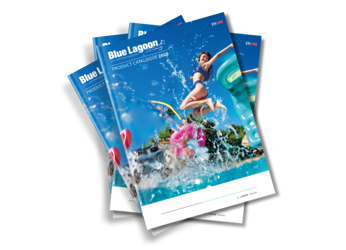- The UV system must be designed and piped to accommodate the full flowrate of the pool circulation system during normal operation.
- A bypass must be provided to allow isolation of the reactor and the changing of the lamp(s) and quartz sleeve(s) at the end of their life. Adequate room must be provided for lamp and sleeve removal.
- The pipework must be designed to prevent air-locking in the UV reactor.
- A fine mesh strainer should preferably be fitted downstream of the UV unit to protect bathers from broken glass in the event of breakage of the quartz sleeve.
- The electrical supply to the UV unit must be protected by a fast acting earth leakage device.

How to select the right (size) UV system for the pool
Having established the basics, it is necessary to use common sense and discretion in selecting the most appropriate UV system for a particular pool. To do this, the more that is known about the pool and its usage, the better.
The context of the pool must be considered. It would be ridiculous to suggest that a multi-kW, medium pressure UV unit be installed for a 20 m3 household pool when no three phase supply is available and the power consumption of the unit is beyond that which a family could afford.
Equally, it would be inappropriate to suggest that an overloaded, poorly designed municipal public pool would benefit from the installation of a low pressure system delivering a dose of only 30mJ/cm2.
In order to correctly select and size a swimming pool UV system, it is necessary to have the following information:
- Pool type (domestic, public, splash pool, competition pool, etc.)
- Pool bather loading and usage pattern
- Pool location (indoor/outdoor)
- Fresh water, brackish water or sea water used?
- Pool volume
- Pool turnover or filtration rate
- Maximum system working pressure
- Maximum allowable pressure drop across UV reactor
- Residual disinfectant type
- Salt water chlorinator used?
- Available power supply details
- Plant room layout showing proposed UV unit location (if possible)
The UV transmissivity of the water is, of course, a very important factor. In the selection of a UV system, it should be generally assumed that the UVT of the pool water will be at least 95%. The filtration and (if necessary) flocculation system should be designed to provide pool water of that quality to the UV unit. In most cases, that should not be too difficult to achieve.


